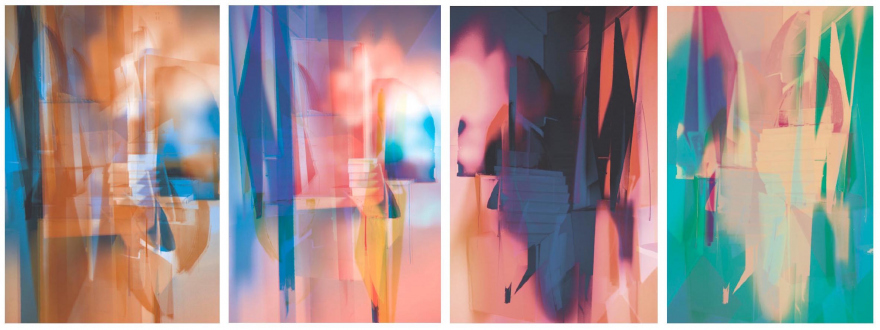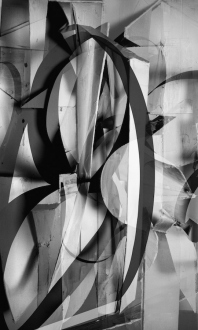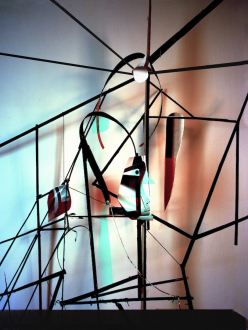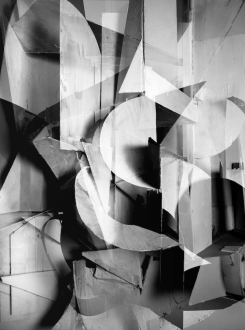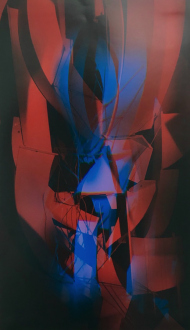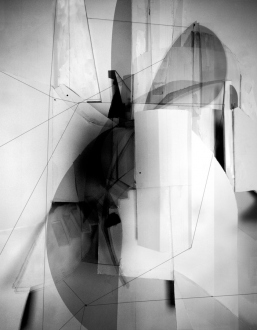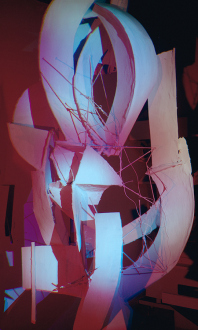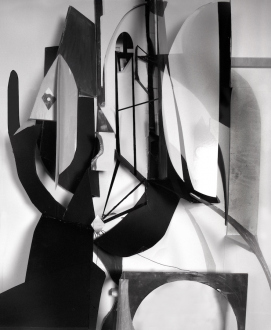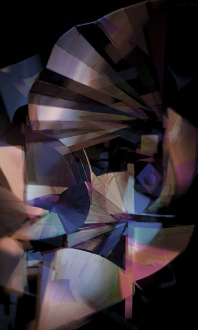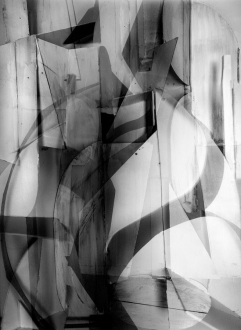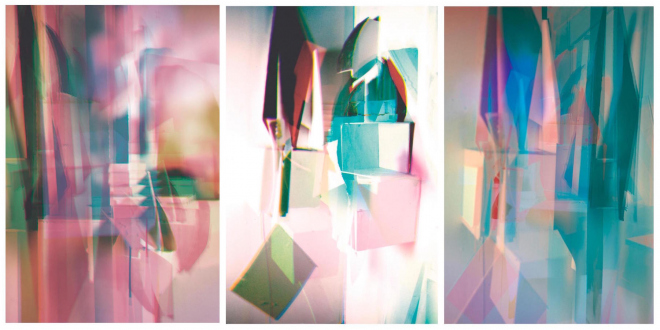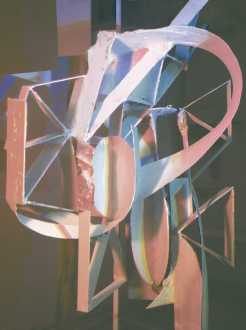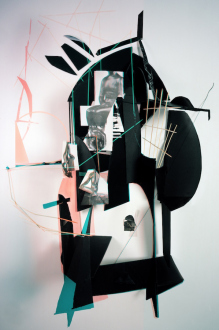THREE SPACES for TIME (Works)
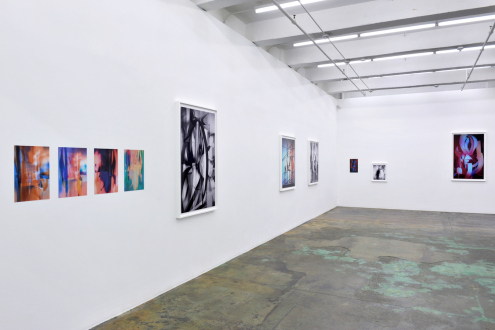
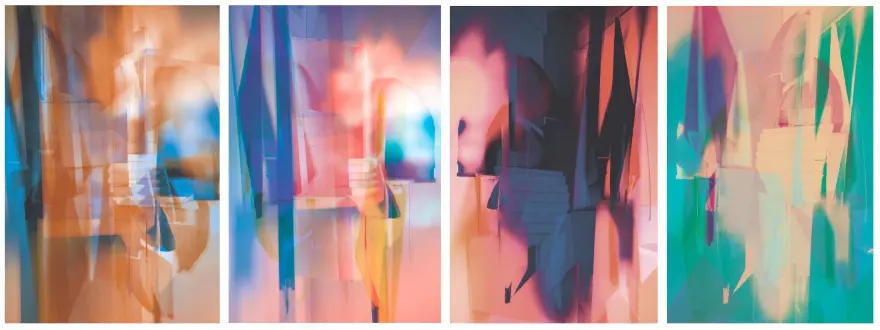 Permutations set, 2020. C-prints, 11 x 16in, ed. of 5 (+1AP)">
Permutations set, 2020. C-prints, 11 x 16in, ed. of 5 (+1AP)">
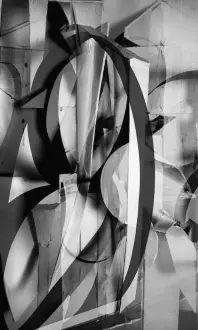 Passage, 2020. Silver gelatin print, 50 x 30in, ed. of 5 (+1AP)">
Passage, 2020. Silver gelatin print, 50 x 30in, ed. of 5 (+1AP)">
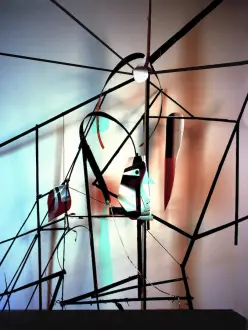 First Light, 2020. C-Print, 40 x 30in, ed. of 5 (+1AP)">
First Light, 2020. C-Print, 40 x 30in, ed. of 5 (+1AP)">
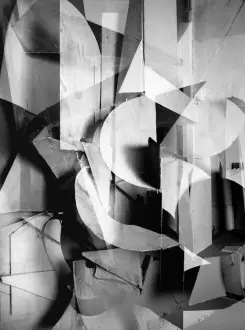 Night Work, 2020. Silver gelatin print, 40 x 30in, ed. of 5 (+1AP)">
Night Work, 2020. Silver gelatin print, 40 x 30in, ed. of 5 (+1AP)">
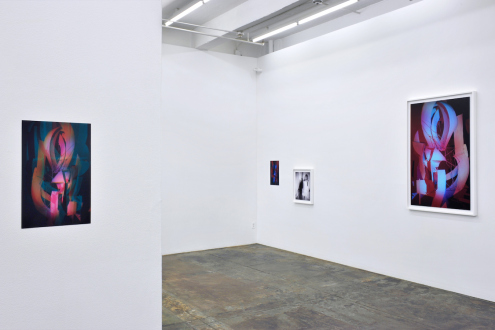
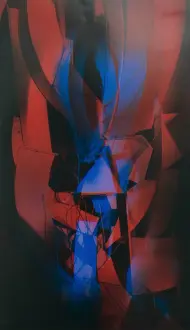 Permutations, 2020. C-Print, 8.5 x 11in, ed. of 5 (+1AP)">
Permutations, 2020. C-Print, 8.5 x 11in, ed. of 5 (+1AP)">
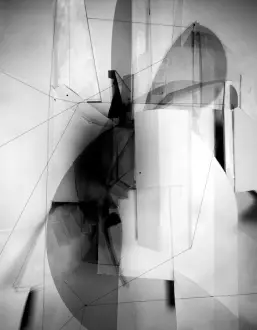 Imprint, 2020. Silver gelatin print, 14 x 18in, ed. of 5 (+1AP)">
Imprint, 2020. Silver gelatin print, 14 x 18in, ed. of 5 (+1AP)">
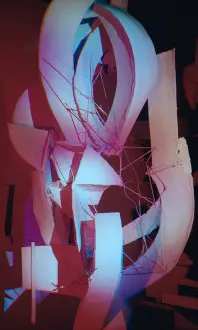 Of the Same Soil, 2020. C-print, 50 x 30in, ed. of 5 (+1AP)">
Of the Same Soil, 2020. C-print, 50 x 30in, ed. of 5 (+1AP)">
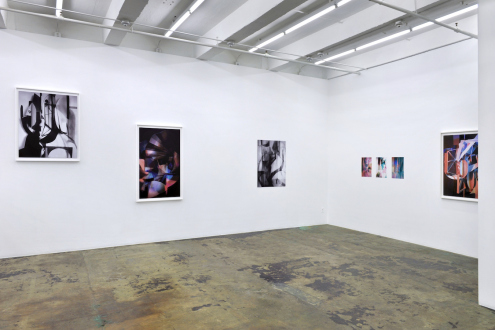
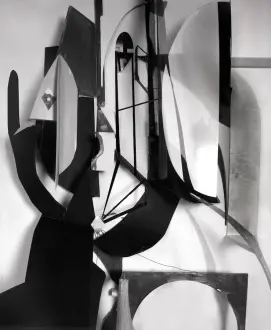 Mapping, 2020. Silver gelatin print, 40 x 32in, ed. of 5 (+1AP)">
Mapping, 2020. Silver gelatin print, 40 x 32in, ed. of 5 (+1AP)">
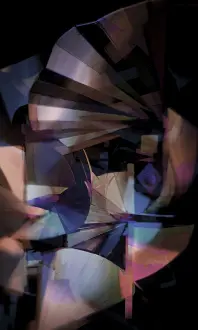 Messenger, 2020. C-print, 50 x 30in, ed. of 5 (+1AP)">
Messenger, 2020. C-print, 50 x 30in, ed. of 5 (+1AP)">
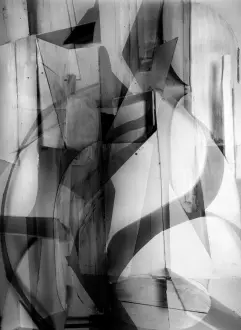 Traveler, 2020. Silver gelatin print, 40 x 30in, ed. of 5 (+1AP)">
Traveler, 2020. Silver gelatin print, 40 x 30in, ed. of 5 (+1AP)">
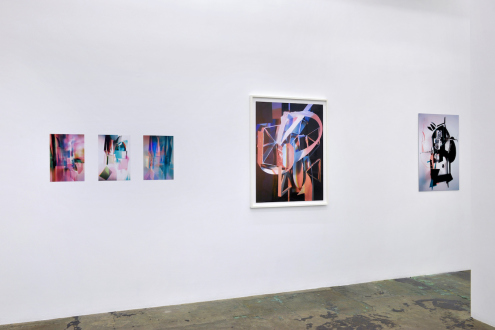
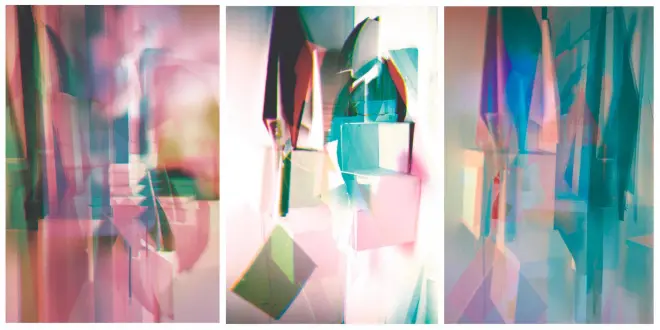 Permutations set, 2020C-prints, 11 x 16in, ed. of 5 (+1AP)">
Permutations set, 2020C-prints, 11 x 16in, ed. of 5 (+1AP)">
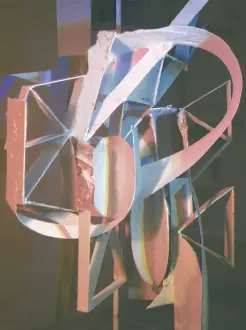 Beginner's Mind, 2020. C-print, 40 x 30in, ed. of 5 (+1AP)">
Beginner's Mind, 2020. C-print, 40 x 30in, ed. of 5 (+1AP)">
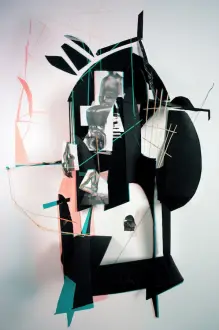 Domino Birth, 2020. C-print, 36 x 24in, ed. of 5 (+1AP)">
Domino Birth, 2020. C-print, 36 x 24in, ed. of 5 (+1AP)">
Selected Works
Yamini Nayar
Opening reception: Thursday, February 13, 6-8:30pm
THREE SPACES for TIME Press Release
Thomas Erben is very excited to present THREE SPACES for TIME, Yamini Nayar’s third solo exhibition, and her seventh showing with the gallery, including a two-person show with Sheela Gowda in 2009, as well as solo presentations at NADA, India Art Fair, and Art Cologne, the latter in collaboration with Jhaveri Contemporary, Mumbai.
The images of THREE SPACES for TIME are founded in Nayar’s process-oriented fusion of sculpture and photography, in which she now deepens as well as complicates – on several levels – the aspect of time. As before, the artist begins by building stand-alone and wall based sculptures composed of various studio materials, primarily wood, plaster and paperboard, which – through the eye of the camera – are turned into scenes reminiscent of architecture, simultaneously monumental and fragile. However, where the temporal aspect previously would be visible only in material traces of earlier stages of construction, she now merges multiple exposures, taken from different phases of the same model, creating multidimensional visual spaces with an increasingly confounding complexity.
Another major shift is the abandonment of paint as a means of bringing color to form. Working only from black-and-white negatives and building off the early 20th century method of tri-color separation, Nayar treats color – when featured – as an endlessly malleable element, shaped and generated through light and in an additive manner. The reality of each work is thus bound tighter to the time-specific act of photography than to the sculptural model. This further extension of construction into the editing process also brings a new sense of corporeality into each work, their compound forms becoming more voluminous; a bodily aspect further emphasized by the slender, vertical format of some prints.
In Messenger, 2020, for example, by overlaying several negatives and using the above method of color building, the artist projects an almost Escher-esque world of fan-like surfaces in luminous pastels and purples. As in several other works, the space is broken up in a fashion reminiscent of Cubism’s multi-perspectival dissolution of the static object. The influence of Modernist architecture present in Nayar’s previous artwork is still there, if more subtle, and another connection extending the work back to that period stems from texts on Time and Space that the artist found, written by her great grandfather, the philosopher Umesh Chandra Bhattacharya, in 1930s Calcutta, India.
As indicated by the exhibition’s title, the concept of time is indeed central. And though the time factor is deeply inherent to the practice of photography, Nayar – positing the film as a container – finds a way to expand and stretch the proverbial “decisive moment,” by bringing the temporal aspect of her model building into the darkroom process through her use of light and multiple negatives. The continuous act of physical production is thereby extended into her image-making, rendering the photograph less fixed – liquefied by this action made visible. As seeing becomes doing, time becomes yet another material.
Reviews
Reviews
- 9 Must-See Shows in New York This March, Daria Harper, Artsy, Mar. 3, 2020. | Download PDF | 787.52 KB
- Yamini Nayar, Three Spaces for Time @Thomas Erben, Loring Knoblauch, Collector Daily, Mar. 4, 2020. | Download PDF | 1.06 MB
- Yamini Nayar: THREE SPACES for TIME at Thomas Erben Gallery, Duggal Visual Solutions, Mar. 16, 2020 | Download PDF | 830.12 KB
